An estimated 20 million birch seeds have been scattered on the hillside above the A83 thanks to the use of drone seeding technology.
We’ve been working closely with Transport Scotland in this latest phase of drone seeding, which is aimed to help reduce the likelihood of landslips on the notorious Rest and Be Thankful. The technique, that we first trailed last year, is being tested and evaluated by our partners, Forest Research and Auto Spray Systems.
Planting native tree species on these slopes will ensure that over time an extensive root system will develop through the soils, improving soil structure as well as to reduce the effects of surface erosion on much of the exposed mineral soils.
The drone is being used alongside traditional planting methods to seed areas that have already had landslips. These areas are unsafe for people to plant on due to the risk of dislodging boulders and unsafe conditions. This is where technology can help us afforest these areas from a safe distance.
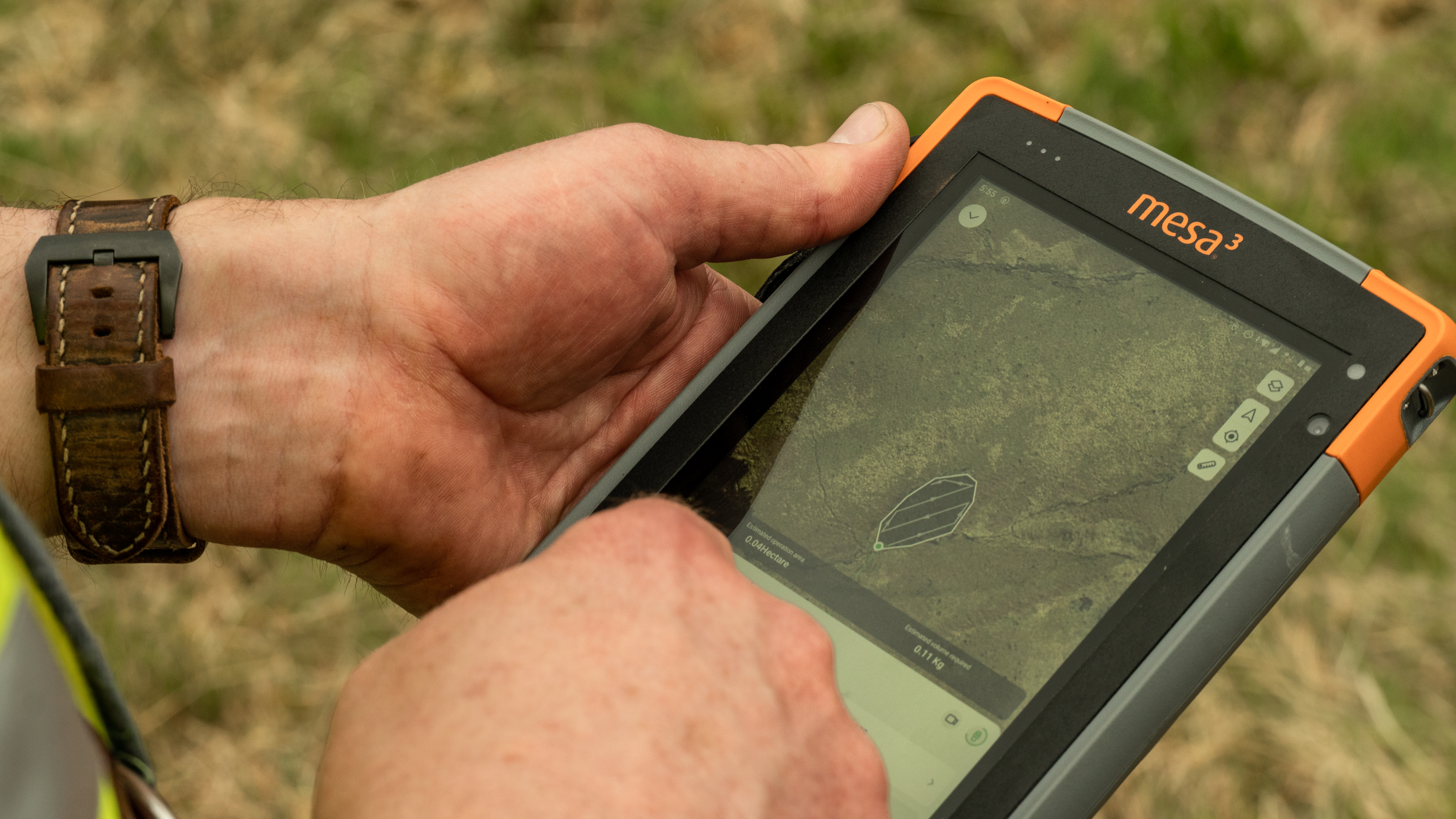

The drone operates like modern farming technology and follows set GPS tracking points. It has a seed dispenser attached to the bottom of it and once the flight plan is programmed in the drone goes to work scattering the seeds.
In the end, the seeds were dispersed over 12ha in a matter of hours, a job that would have taken weeks to cover by hand planting.
James Hand, our Woodland Creation Forester in charge of the site said,
“If only 1 per cent of those seeds is successful that will mean 200,000 trees will soon be growing on this slope, their roots slowly binding the soil and making it much more stable. In effect we’ll be capturing carbon emissions in these growing trees and putting it to work to protect road users and the carriageway.
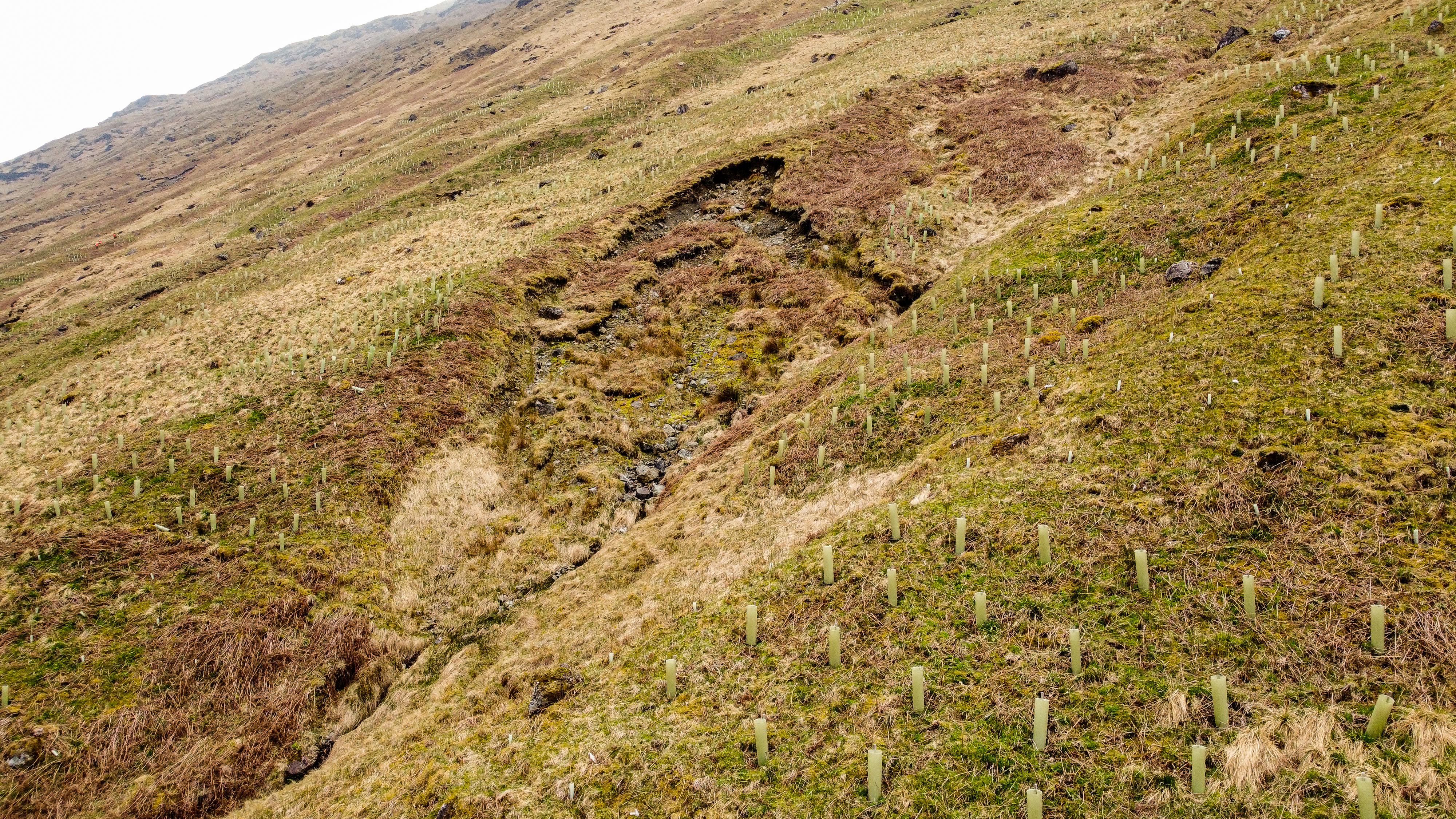

This type of technology is a major innovation for forestry and is something we hope to adopt across the country as we work to adapt our forests and the wider landscape so that they can better withstand the impact of a changing climate.
“This is only the first section of the site to which we’ve adopted this method. However, we intend to reapply a number of times as part of an ongoing trial with Forest Research. To potentially adopt in other landslip locations which are nearby, over the next few years. Further trials into other capabilities for which the drone could have, such a lifting material onto site, will also potentially be trialled as well” added James.
-
That’s a remarkable amount of work hours for a single machine, the Norcar 600 owned by Erkki Rinne is taken well care of, it even has the original Diesel engine.
-
Kieran Anders is a forestry contractor working in the lake district. His work involves hand cutting and extracting timber using a skidder and tractor-trailer forwarder.
-
It is not possible to eliminate chain shot, but there are simple steps that can be taken to reduce the risk.
-
Arwel takes great pride in the fact that the mill has no waste whatsoever, “the peelings are used for children’s playgrounds, gardens and for farm animals in barns in the winter and the sawdust has multiple uses in gardens and farms as well.
-
Timber hauliers need to encourage young blood in, and also look after the hauliers we have, we need make the sector a safe and positive place to work.
FIND US ON
Related Posts
Forest Machine Magazine is written and edited by a forest professional with over 40 years hands on experience. We are dedicated to keeping you informed with all the latest news, views and reviews from our industry.
To support us you can subscribe to our bi-monthly magazine which is delivered to your door from only £15 per year.
Subscribe here
#homeoflogging #writtenbyloggersforloggers #loggingallovertheworld
-

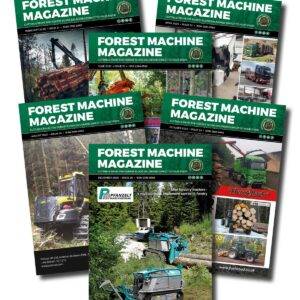 1 Year Subscription£0.00
1 Year Subscription£0.00 -

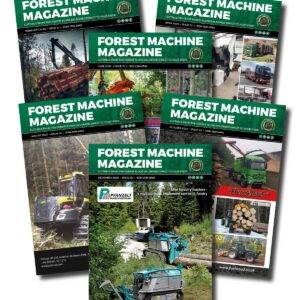 2 Year Subscription£0.00
2 Year Subscription£0.00 -

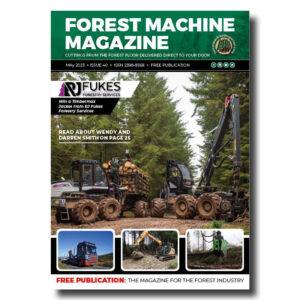 Issue 40£0.00
Issue 40£0.00 -

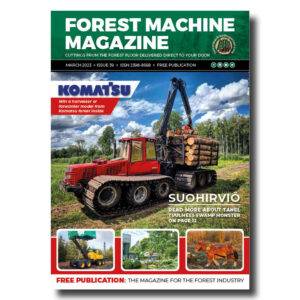 Issue 39£0.00
Issue 39£0.00 -

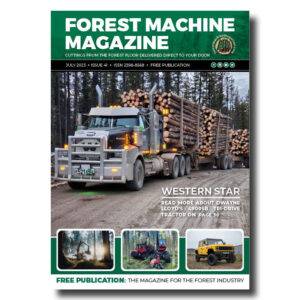 Issue 41£0.00
Issue 41£0.00 -

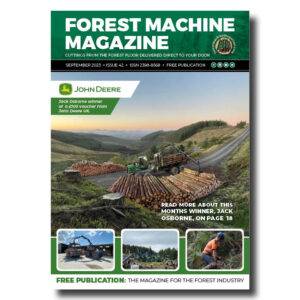 Issue 42£0.00
Issue 42£0.00

